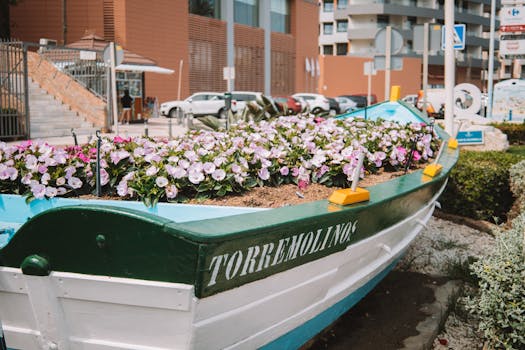
Urban Green Spaces: The Future of Outdoor Living in European Cities by 2025
Introduction to Urban Green Spaces
Urban Green Spaces: The Future of Outdoor Living in European Cities by 2025 is a topic of growing importance. As the world becomes increasingly urbanized, the need for green spaces in cities is becoming more pressing. Urban green spaces are areas of vegetation, such as parks, gardens, and green roofs, that provide numerous benefits for residents and the environment. In this article, we will explore the importance of urban green spaces, their benefits, and how they will shape the future of outdoor living in European cities by 2025.
Benefits of Urban Green Spaces
Urban green spaces have numerous benefits for residents, including improved physical and mental health, increased social cohesion, and enhanced biodiversity. They also provide important ecosystem services, such as air and water filtration, and help to mitigate the urban heat island effect. Additionally, urban green spaces can increase property values, reduce crime, and improve overall quality of life.
One of the most significant benefits of urban green spaces is their impact on mental health. Studies have shown that spending time in nature can reduce stress, anxiety, and depression, while also improving mood and cognitive function. In fact, a study by the European Commission found that urban green spaces can reduce the risk of depression by up to 30%.
Current State of Urban Green Spaces in European Cities
Despite the numerous benefits of urban green spaces, many European cities are facing challenges in providing adequate green areas for their residents. According to the European Environment Agency, the average European city has only about 20% of its area dedicated to green spaces, which is below the recommended 30% by the World Health Organization.
However, there are many examples of European cities that are taking innovative approaches to creating and maintaining urban green spaces. For instance, the city of Copenhagen has implemented a series of green roofs and walls, while the city of Barcelona has created a network of urban parks and gardens.
The Future of Urban Green Spaces in European Cities by 2025
By 2025, urban green spaces will be a crucial part of urban planning in European cities. Cities will need to prioritize the creation and maintenance of green areas, not only to improve the health and well-being of residents but also to mitigate the impacts of climate change.
One of the trends that will shape the future of urban green spaces is the use of technology to create and maintain green areas. For example, urban farmers are using hydroponics and vertical farming to grow crops in cities, while green roofs and walls are being designed with smart materials that can absorb and filter rainwater.
Another trend is the increasing recognition of the importance of biodiversity in urban green spaces. Cities will need to create green areas that are not only beautiful but also provide habitat for a wide range of plant and animal species. This will require innovative approaches to urban planning, such as the creation of urban wildlife corridors and green infrastructure.
Conclusion
In conclusion, urban green spaces are essential for the well-being of European city dwellers. By 2025, these spaces will be a crucial part of urban planning, providing numerous benefits for residents and the environment. As cities continue to grow and urbanize, it is essential that we prioritize the creation and maintenance of green areas, using innovative approaches and technologies to create healthy, sustainable, and resilient cities for the future.





